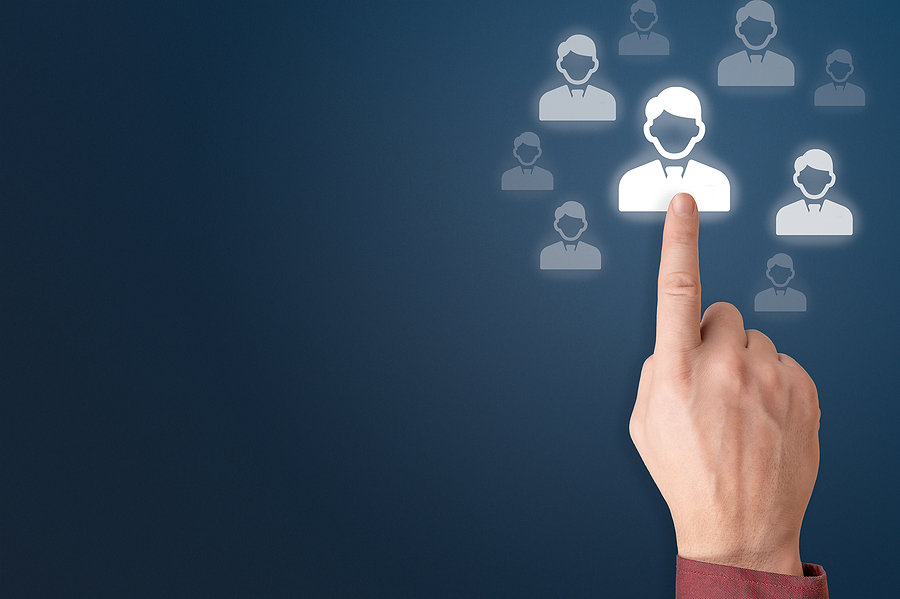Much attention has been given to venture investments in New England life sciences companies. Private funding is creating an incredible lift for lab space, office space, hiring, and overall innovation.
IPOs, however, deserve as much recognition. Larger and fast-growing companies are heading for the Street, with nearly 50 U.S. biotech companies filing to go public in the first half of 2021. Those IPOs combined to raise nearly $9 billion (as of June 30, 2021).
The momentum is carrying forward from the record-breaking pace of 2020, however, it’s reasonable to expect this will slow at some point. A report by Silicon Valley Bank noted that post-IPO performance is lagging, which could lower the appetite for more biotechs and pharma on Wall Street. Regardless, activity in 2021 looks to be at least near the peak IPO numbers of 2020.
With IPOs come new shareholders to satisfy, analyst scrutiny, more rigorous reporting obligations, and a whole new business strategy. Every part of the organization has its work cut out for it, and human resources (HR) is no exception. As HR leaders plan pre- and post-IPO priorities for the workforce, they should:
Understand the impact on the overall workforce
IPOs can fundamentally change the direction and priorities of a company. While employees can be dazzled by the prospect of stock options and a quick boost in compensation, they sometimes miss the fine print about sacrifices that must be made in the name of a public listing.
HR teams should gather information about why the company is going public, how the effort is being supported, and what the vision is for the future.
For a great roadmap to IPO planning for HR, take a look at this content from the Society for Human Resources (SHRM), “Taming the Roller Coaster Ride of ‘Going Public.’”
Communicate!
Employees are often wary of dramatic change, and there is a high risk for a post-IPO shakeout. As employees get their arms around a new culture with different expectations, transparency is the best way to keep them engaged. If they can see where the train is headed, they are more likely to embrace the destination.
HR teams should develop a communications strategy that captures how life will be different after the IPO, and they should be ready for open dialogue about the future.
Develop a plan for turnover and foreign workers
Even with excellent strategy and communication initiatives in place, there will likely be turnover during or directly after an IPO. HR leaders in the life sciences must be ready with a recruiting plan to limit gaps in productivity and innovation.
Given the state of the talent market, that means attracting and retaining highly skilled foreign-born employees. HR should ask: which foreign-born employees are likely to leave? What countries have the right talent pool? What type of visas and talent will allow them to build the best workforce?
Understanding how foreign talent will contribute post-IPO will help companies stay ahead of talent shortages in critical areas. This is a sweet spot for us at WR Immigration, and we welcome any questions you might have.
IPOs can be an exciting path for Life Sciences companies – but they come with a fair share of stress for the entire organization. HR leaders should play an active role in conveying company direction and planning out the future for their workforce, including foreign-born employees.
Written by WR Immigration Senior Associate Julie Galvin, this blog post was originally published on MassBio’s website – https://www.massbio.org/news/recent-news/hrs-crucial-role-in-life-sciences-ipos/


